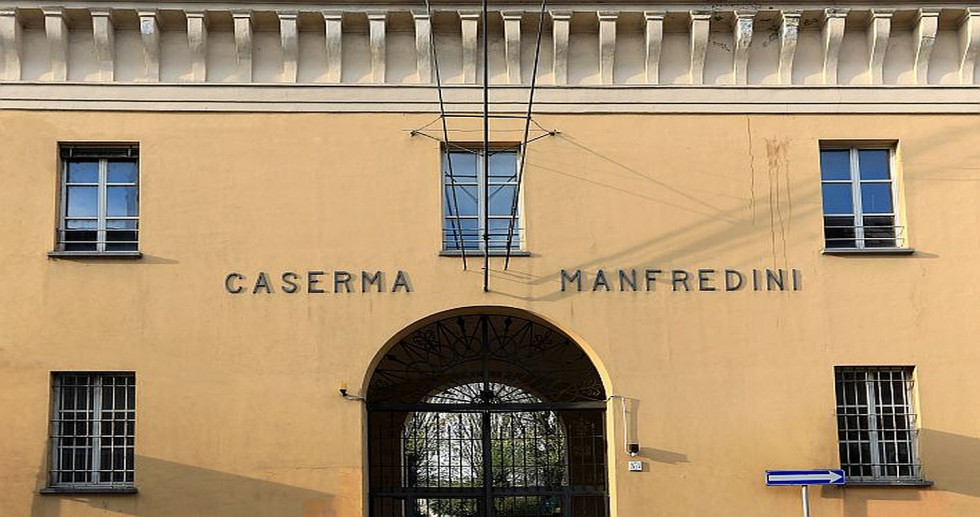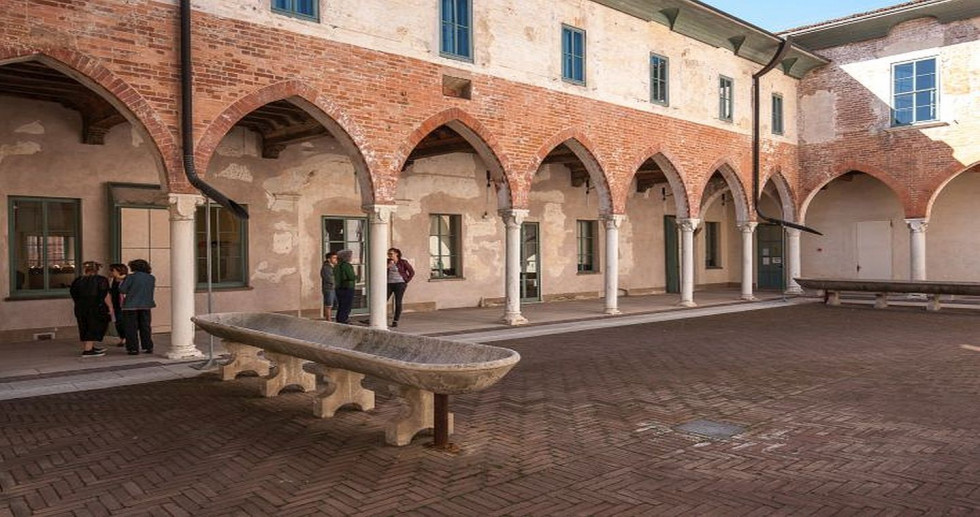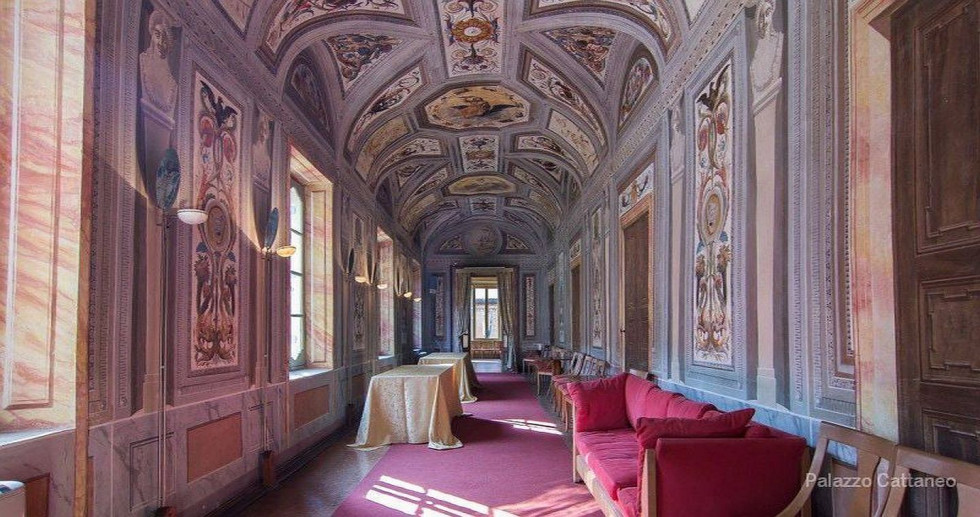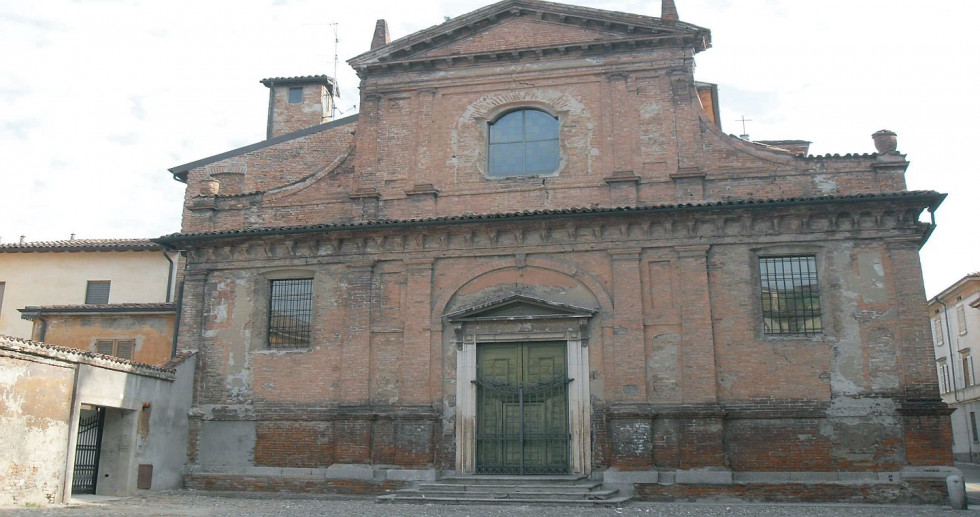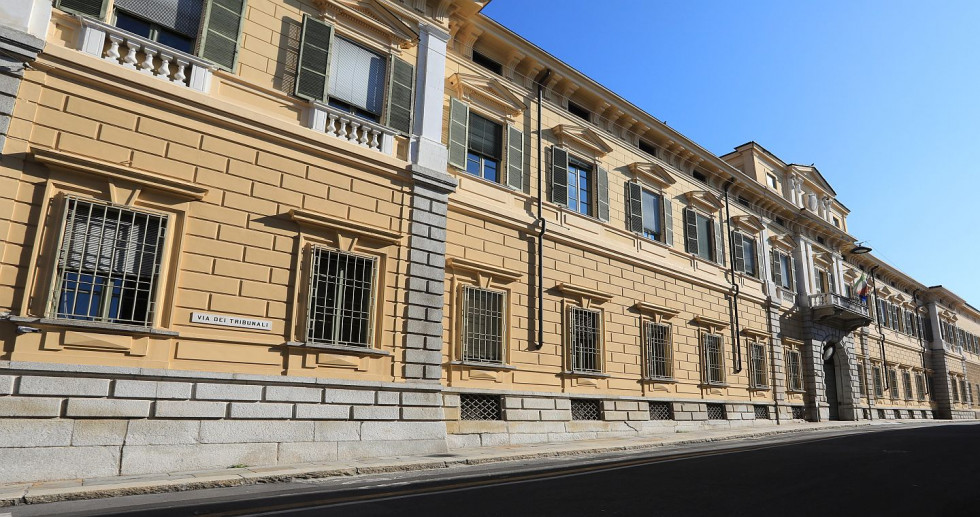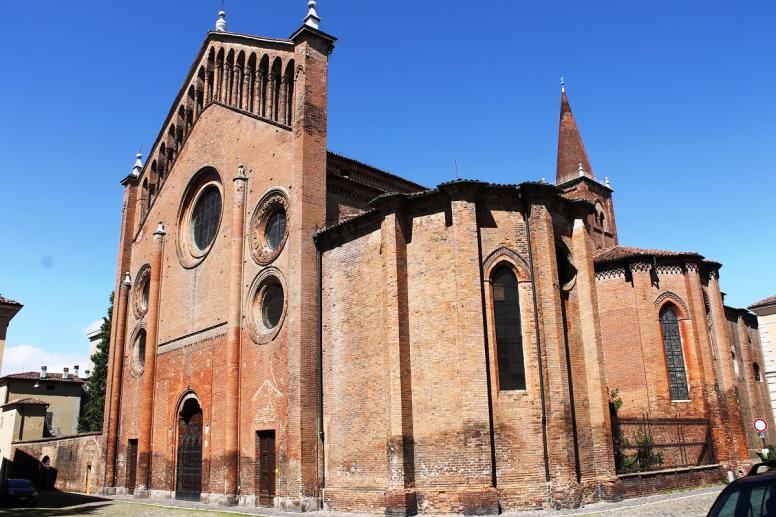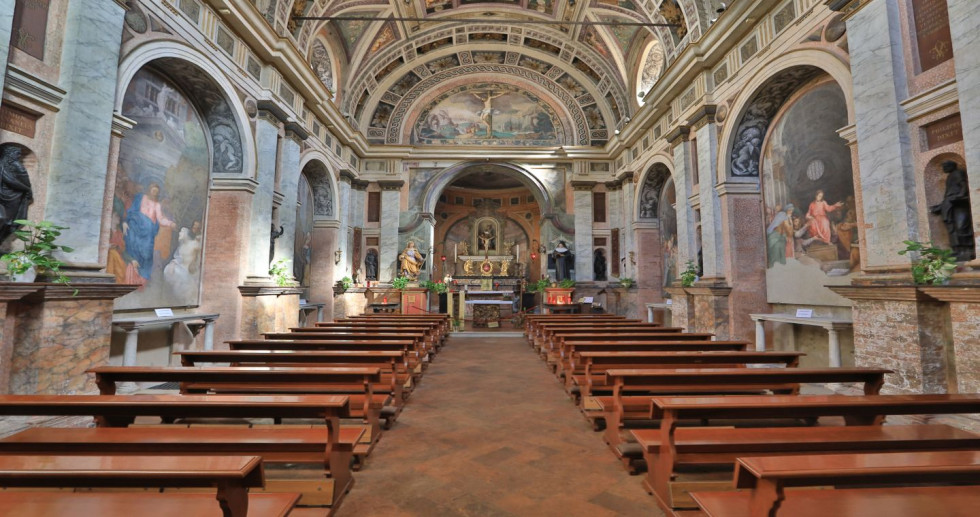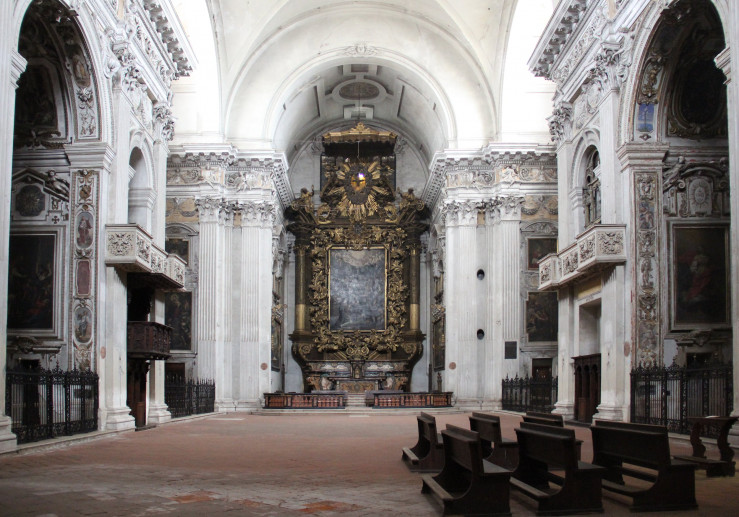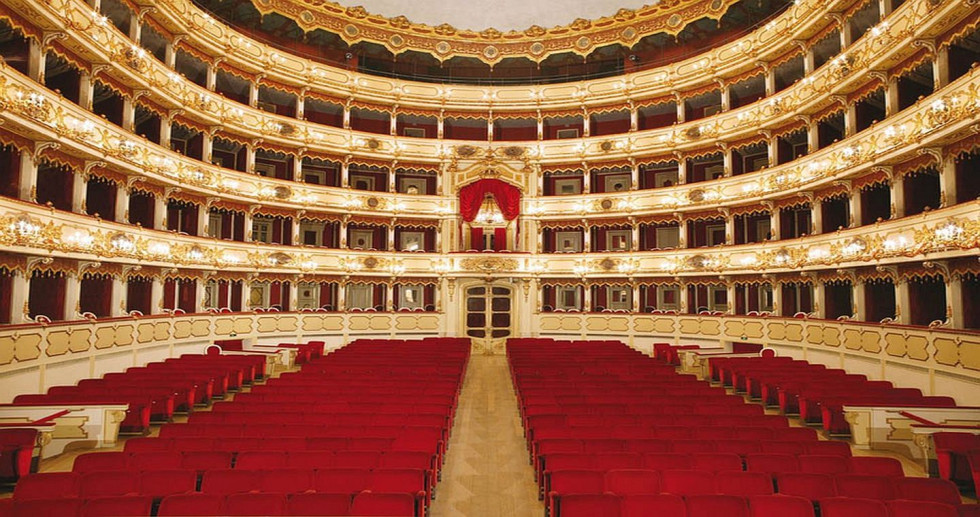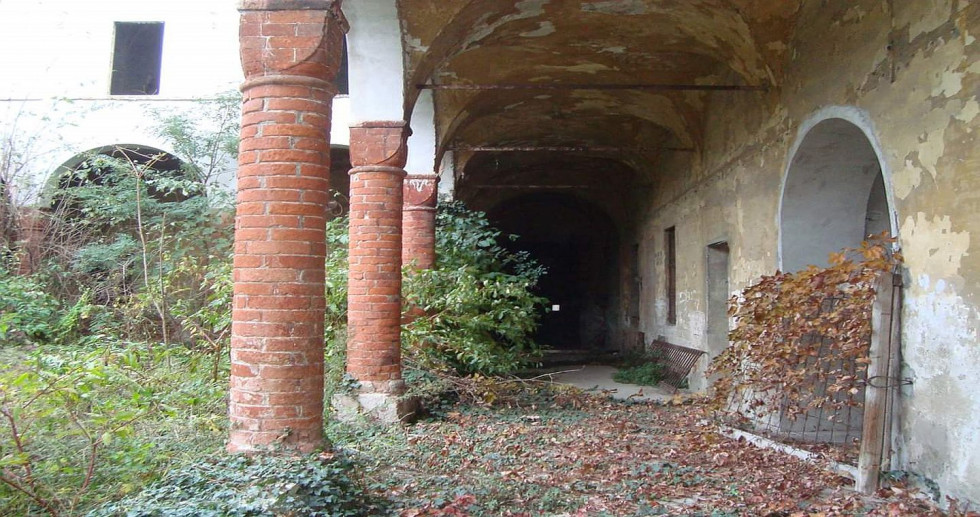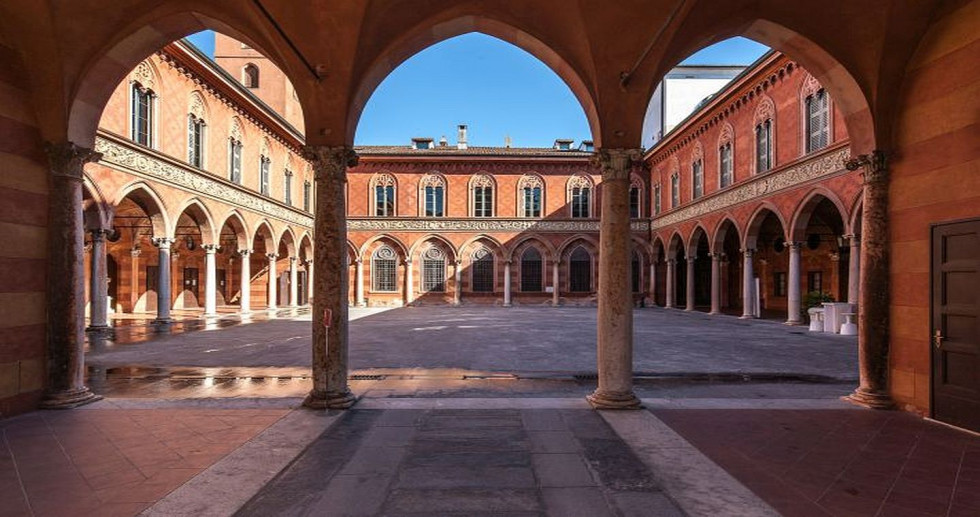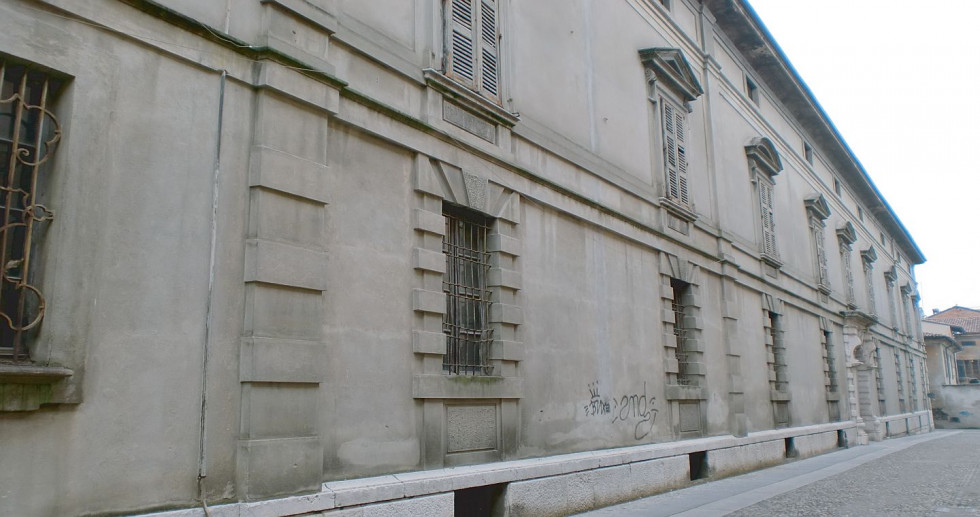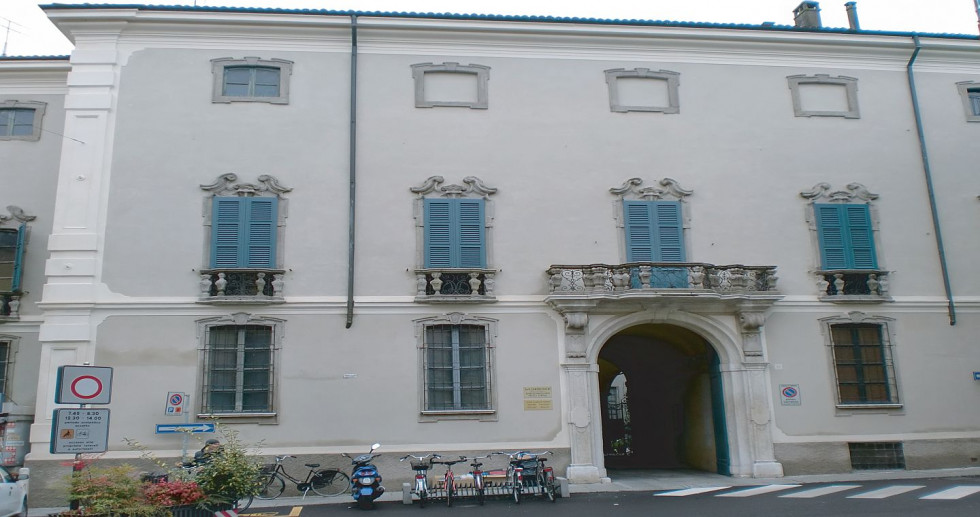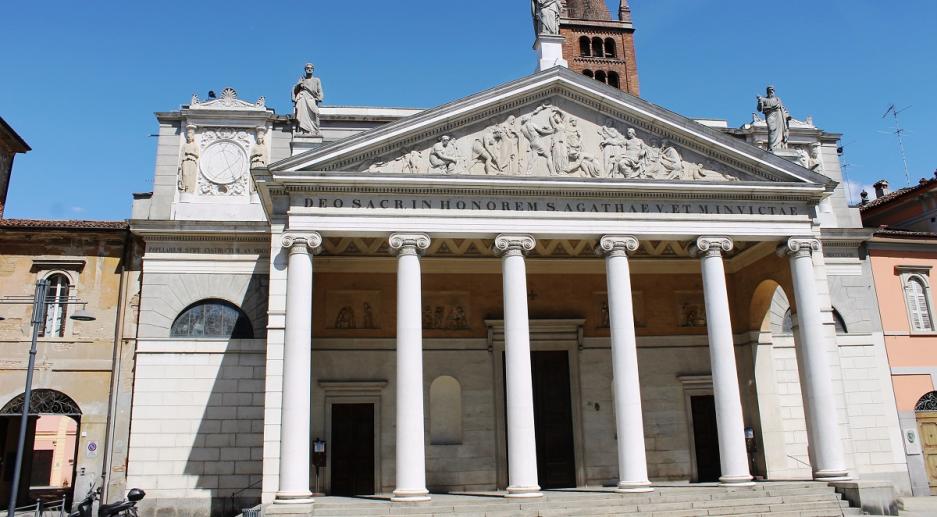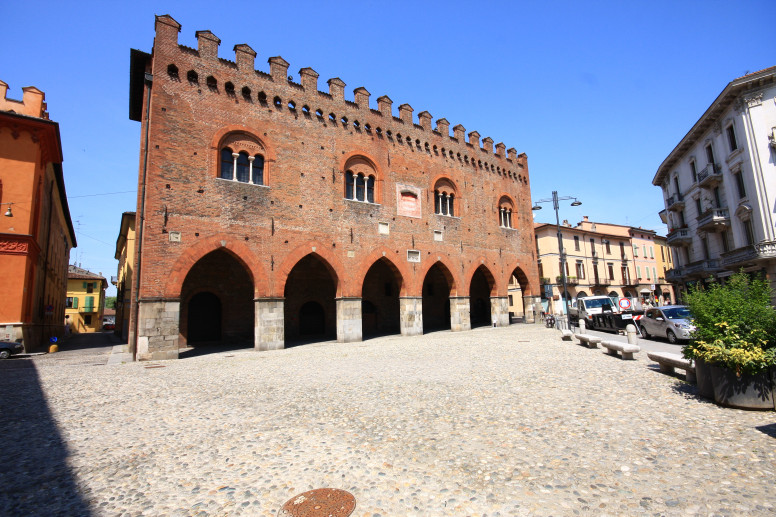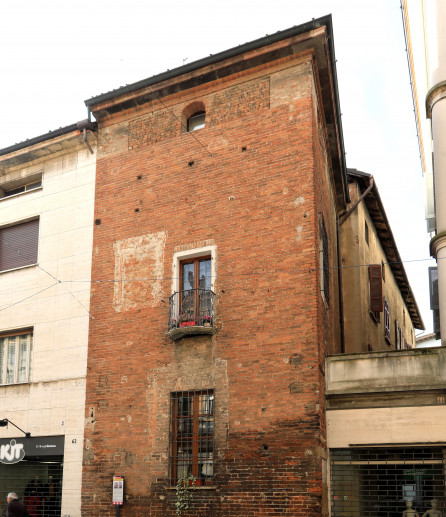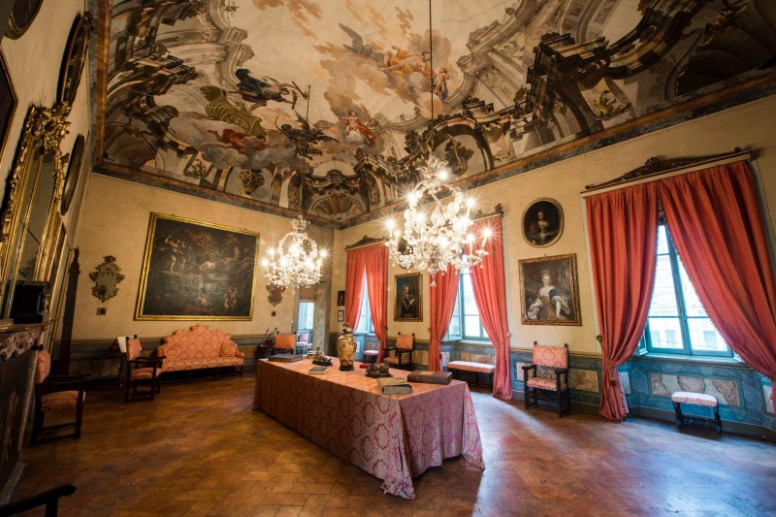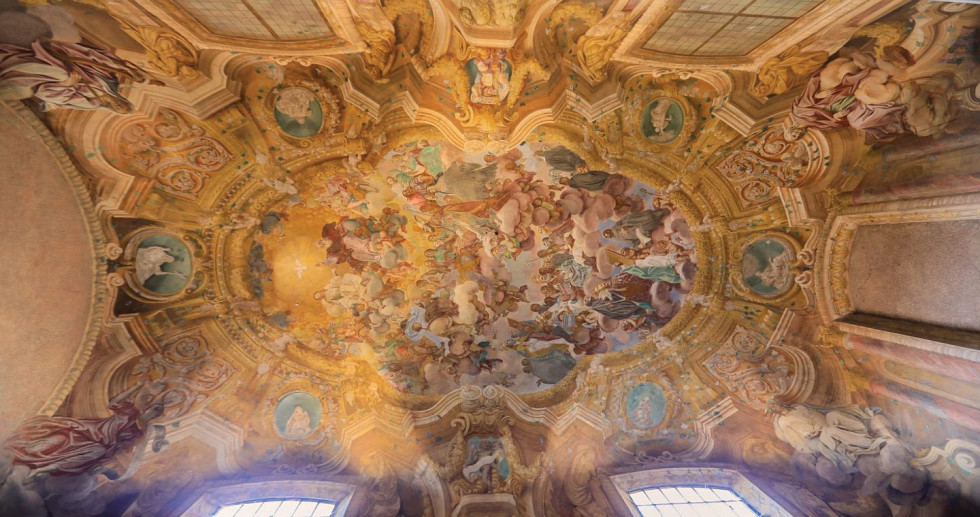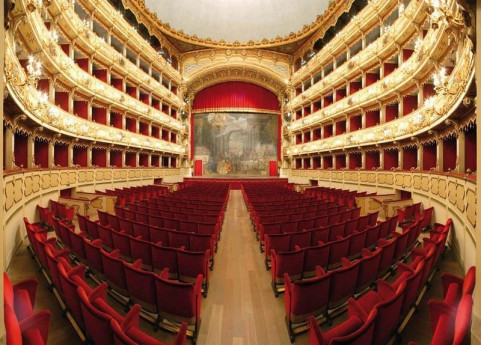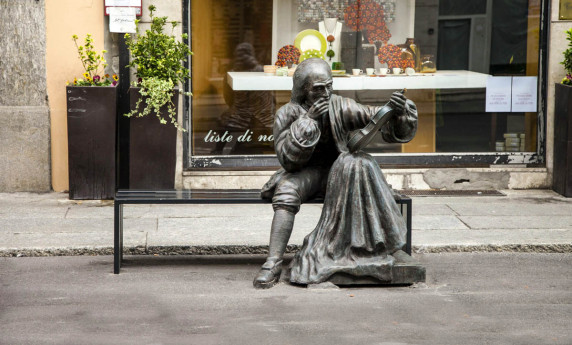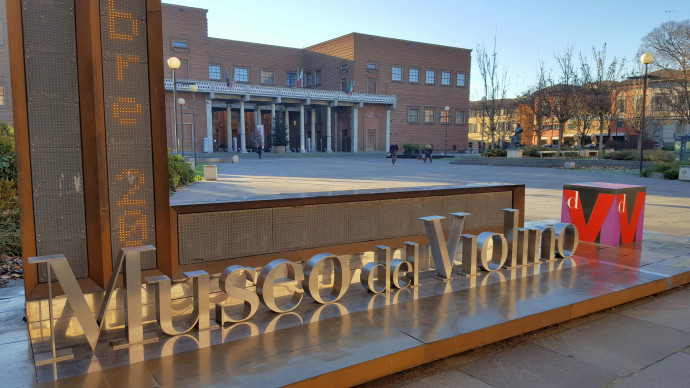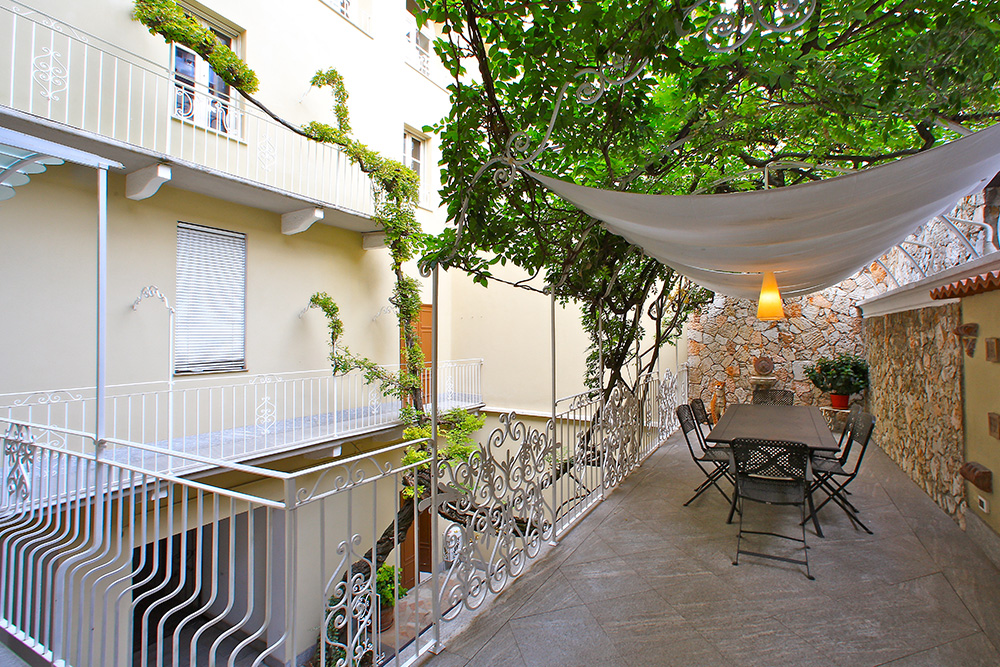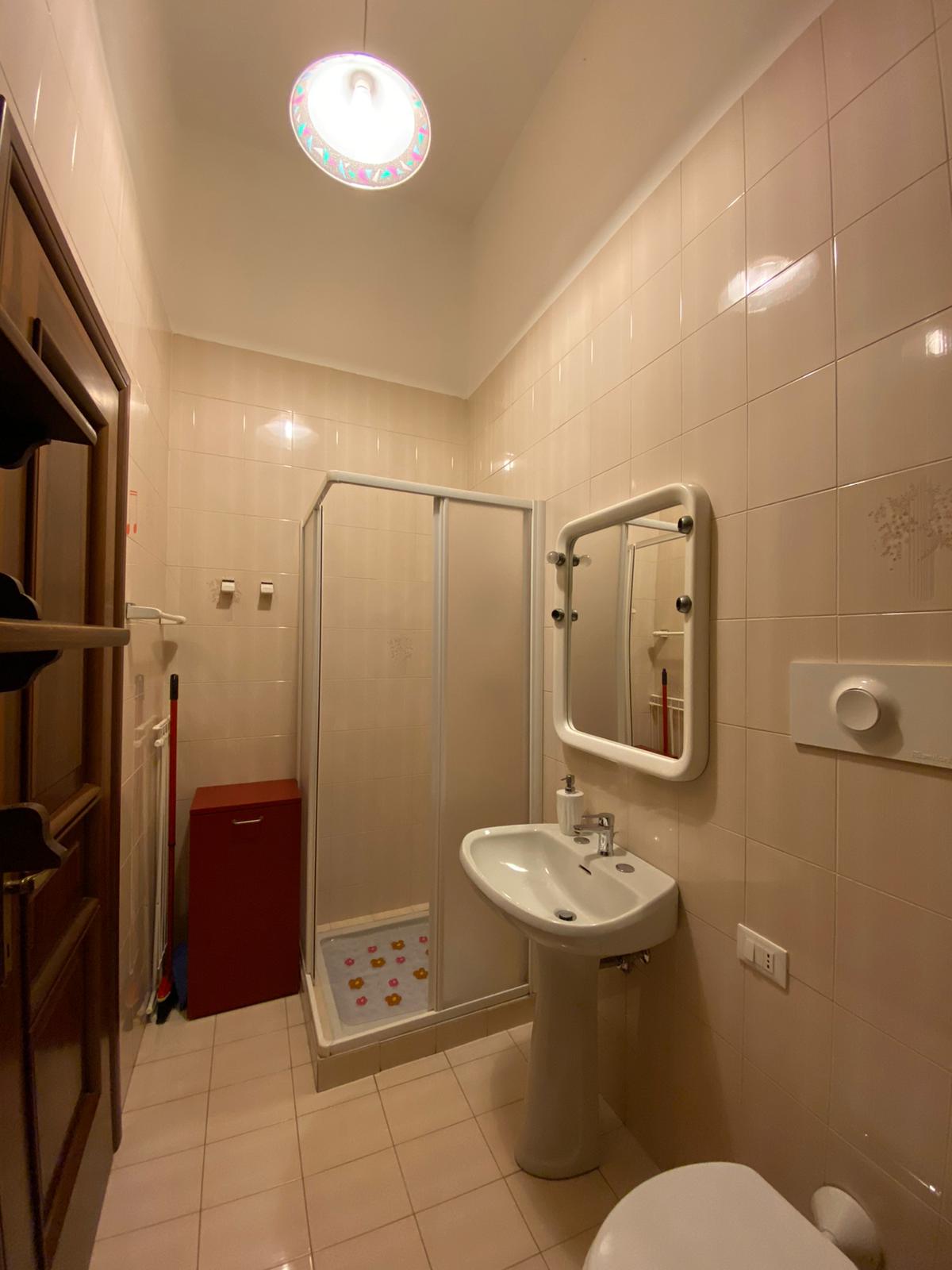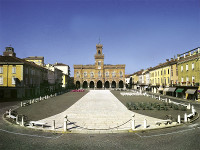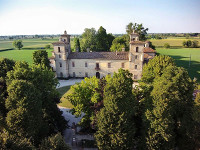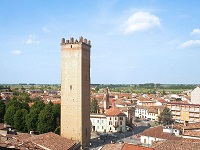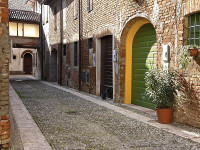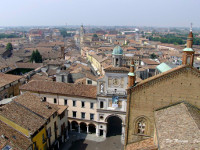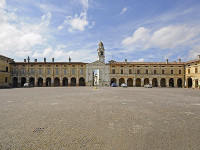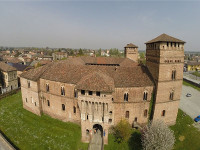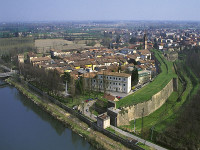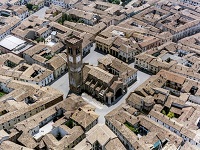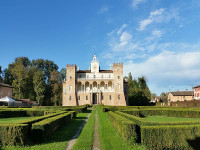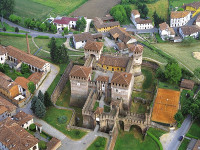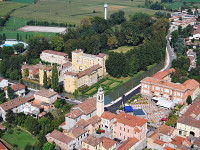- Art & Culture
Chiesa di Sant'Omobono
The church of St. Omobono has a brick façade with a plaque above the portal dating back to 1602, and its Mannerist style is reminiscent of the architecture of Giuseppe Dattaro.
It overlooks a small square paved with cobblestones covering a cemetery, which became a mass grave during the plague of 1630. The alley of St. Omobono flows into the square from the lower side, where – see the plaque from 1706 at number 2 – the oratory of St. Omobono was located, built on the original house of the city's patron saint, Omobono Tucenghi, the first lay saint canonised by the Church. He therefore lived near the church, then dedicated to St. Egidio, where he died on 13 November 1197. Immediately after his canonisation (1199), the people of Cremona began to build a church with a central plan dedicated to him.
The two marble statues placed in the niches of the façade date back to the same period: they represent St. Omobono with the attribute of the bag and his arm outstretched to give alms, and St. Egidio the abbot, here represented in bishop's robes.
The interior, transformed by the 1753 renovation, is splendid and completely covered with frescoes by the painter Giovan Battista Zaist and the figurative artist Giovan Angelo Borroni, author of the Stories of St. Omobono on the walls of the lantern tower.
